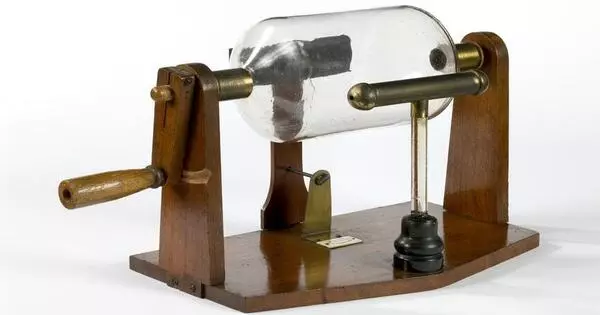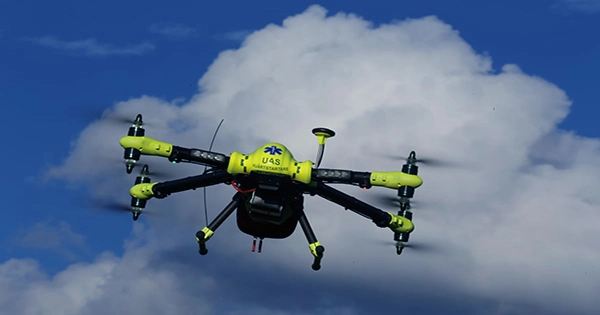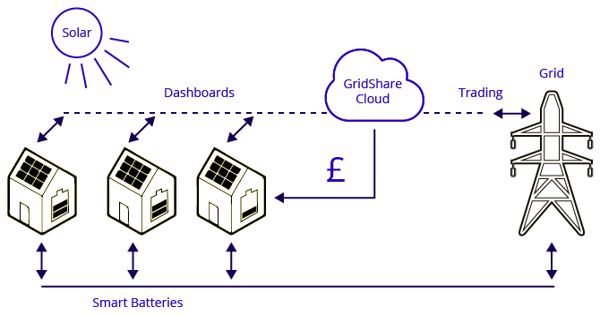An electrostatic generator, also known as an electrostatic machine, is a type of electrical generator that generates static electricity, which is electricity with a high voltage and a low continuous current. It is a device that generates high voltage, static electric charges using mechanical energy. It works on the principle of electrostatic induction, which uses electric fields to transfer or separate charges.
Static electricity has been known since the dawn of civilization, but for millennia it has remained an intriguing and perplexing phenomenon, with no theory to explain its behavior and frequently confused with magnetism. Researchers had developed practical means of generating electricity by friction by the end of the 17th century, but the development of electrostatic machines did not begin in earnest until the 18th century, when they became fundamental instruments in the study of the new science of electricity.
Electrostatic machines are commonly used in science classrooms to demonstrate electrical forces and high voltage phenomena in a safe manner. The elevated potential differences obtained have also been used in a variety of practical applications, including operating X-ray tubes, particle accelerators, spectroscopy, medical applications, food sterilization, and nuclear physics experiments. Electrostatic generators like the Van de Graaff generator, as well as variations like the Pelletron, are also used in physics research.
Electrostatic generators can be divided into categories depending on how the charge is generated:
- Friction machines use the triboelectric effect (electricity generated by contact or friction)
- Influence machines use electrostatic induction
There are different types of electrostatic generators, each with its own design and operating principles. Here are a few examples:
Van de Graaff generator: A large, hollow metal sphere is mounted on an insulated column in this generator. A rubber belt moves across two pulleys inside the sphere. One pulley is linked to a motor that drives the belt, while the other is grounded. As the belt moves, it rubs against a charging comb, which is a comb-like structure that transfers charge from the belt to the metal sphere. The charge builds up on the sphere’s outer surface, resulting in a high voltage.
Wimshurst machine: The Wimshurst machine is a type of influence machine. It consists of two counter-rotating disks made of insulating material, typically glass. Metal sectors or metal brushes are attached to the disks, and charge is transferred from one disk to the other through metal brushes or metal combs. The charge is then collected on metal terminals, which can be used for various purposes.
Application
Electrostatic generators use manual (or other) power to convert mechanical work into electric energy, or they use electric currents. Manual electrostatic generators use moving plates, drums, or belts to carry electric charge to a high potential electrode to generate electrostatic charges of opposite signs rendered to two conductors.
















